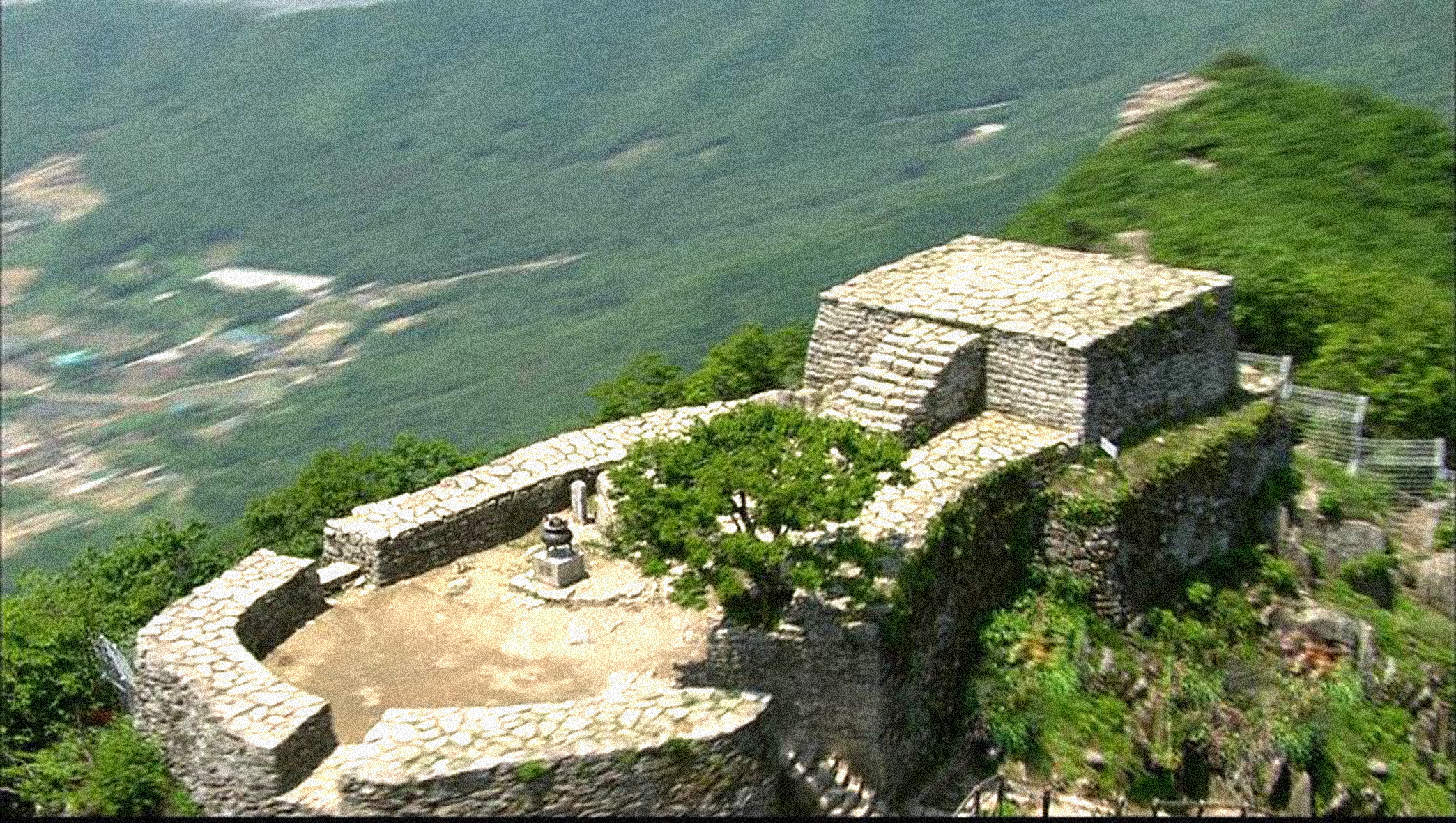Korean culture traces back nine thousand years. Ancient Koreans experienced a direct connection with the spirits of heaven and earth and nature itself. They viewed humans, animals, plants, and even grains of sand as being sacred and spiritual. This spirituality was called ‘Singyo’ (“Spirit Teaching”), which was not a religion but a way of life for Koreans’ ancient forebears. From Singyo came the teachings and religions of the East and West that we know today.
One notable characteristic of Singyo was a sacred regard for the number ‘three,’ for three was the basis of nature and life: heaven, earth, humanity; father, mother, child; positive, negative, neutral; etc. In fact, the Primordial Spirit that is the source of all existence was known as ‘Samsin’ (“Threefold Spirit”), the One Spirit that oversees all existence via three means: by creating, by edifying, by governing. Being one with Samsin is Sangjenim, who rules the universe and who was worshipped by the ancients through offering rituals held at ritual mounds on Ganghwado Island and at numerous sacred sites in Northeast Asia and around the world.
In keeping with their Singyo worldview, the ancients regarded heaven, earth, and humanity as manifestations of Samsin. They also viewed heaven and earth as living beings—as the father and mother who give life to and nurture humanity. And so, the ancients believed their fellow human beings to be embodiments of heaven and earth and of Samsin.

